I am building a 5 V PSU to charge my phone. I am using a 7805 regulator.
This is risky. For example, if you loose the connection to the centre pin (GND) the output may go close to VIN and permanently damage your phone.
When I connect to the phone the Android Charger Tester app reports a charge current of only 100 mA or less.
Charge management is done internally in the phone. You can't force charge into it. Your phone's "charger" is typically a 5 V supply and the battery monitor in the phone manages the amount of charge current into the battery.
This is confirmed by measuring the current with my multimeter connected in series with the +5V line. I am expecting much more.
Why are you expecting more?
The phone's battery state indicator shows charging but not increasing battery level.
I asked for the % charge so that we could determine whether or not the battery was close to fully charged. Without that we can't guess where in the charge cycle you are.
Be aware that the phone will assume that the PSU can only supply 500 mA unless certain voltages appear on the D+ and D- lines. Depending on the voltages it will know if the PSU can supply 1 A, 1.5 A, 2 A, etc. You should be able to find this information in a web search.
You also need to be aware that the 7805 is a "linear" voltage regulator so any voltage dropped by it will cause heating in the regulator and the power dissipated is given by P = VI so if your supply is 12 V in and 5 V out you have 7 V across the regulator. At 0.5 A out that will dissipate 7 x 0.5 = 3.5 W and the regulator will require a decent heatsink. Without that the regulator will heat up and shut down or start to limit current by reducing the output voltage.
